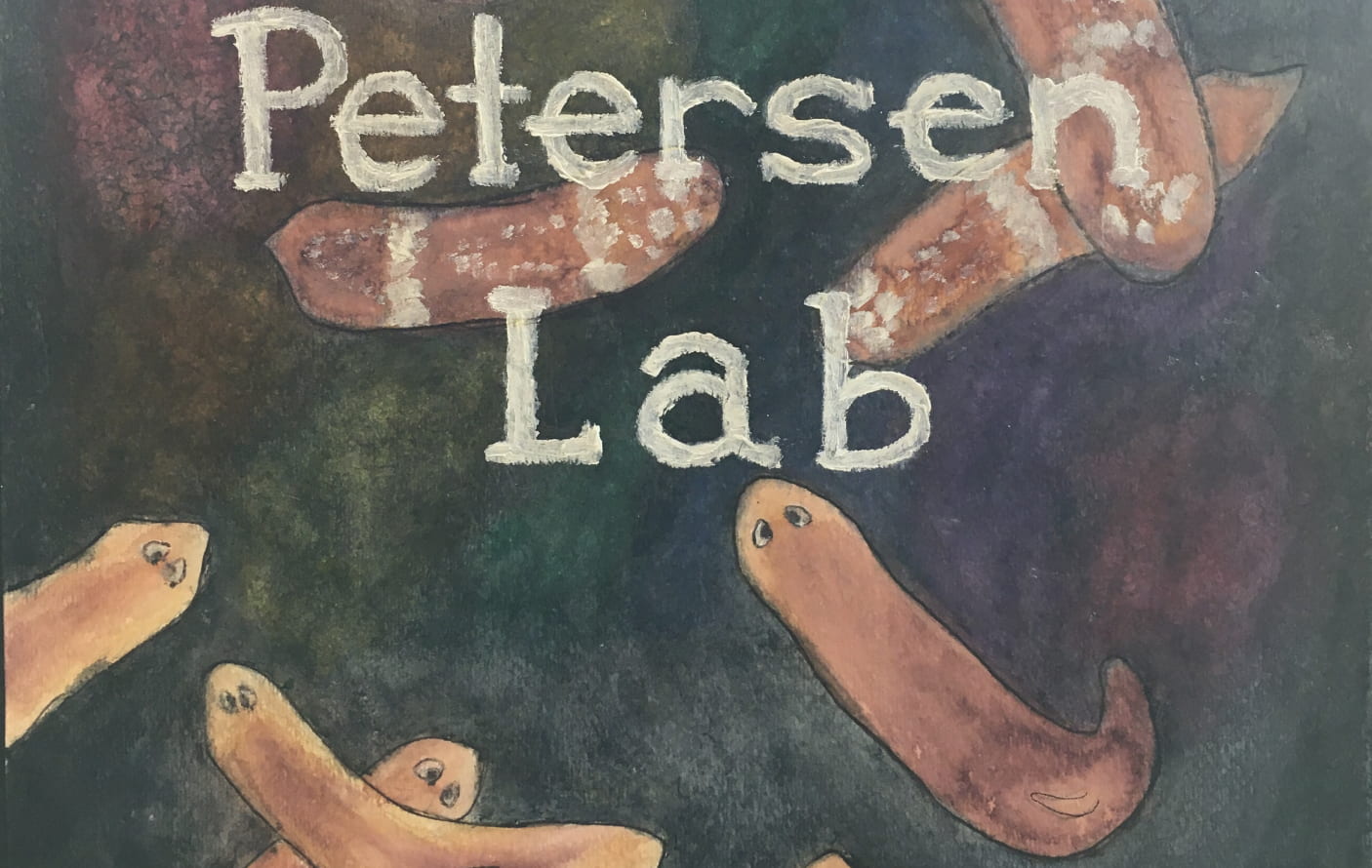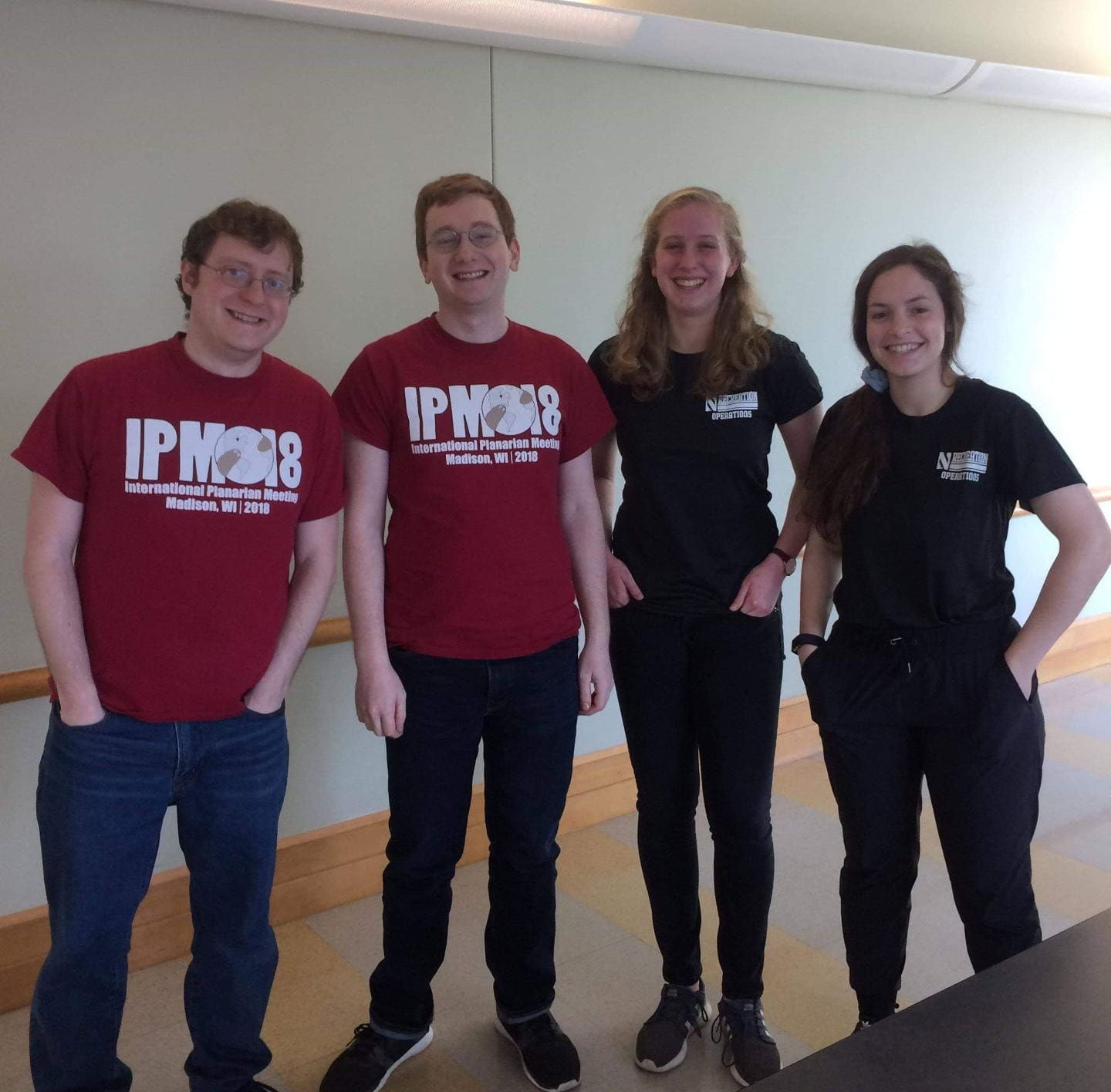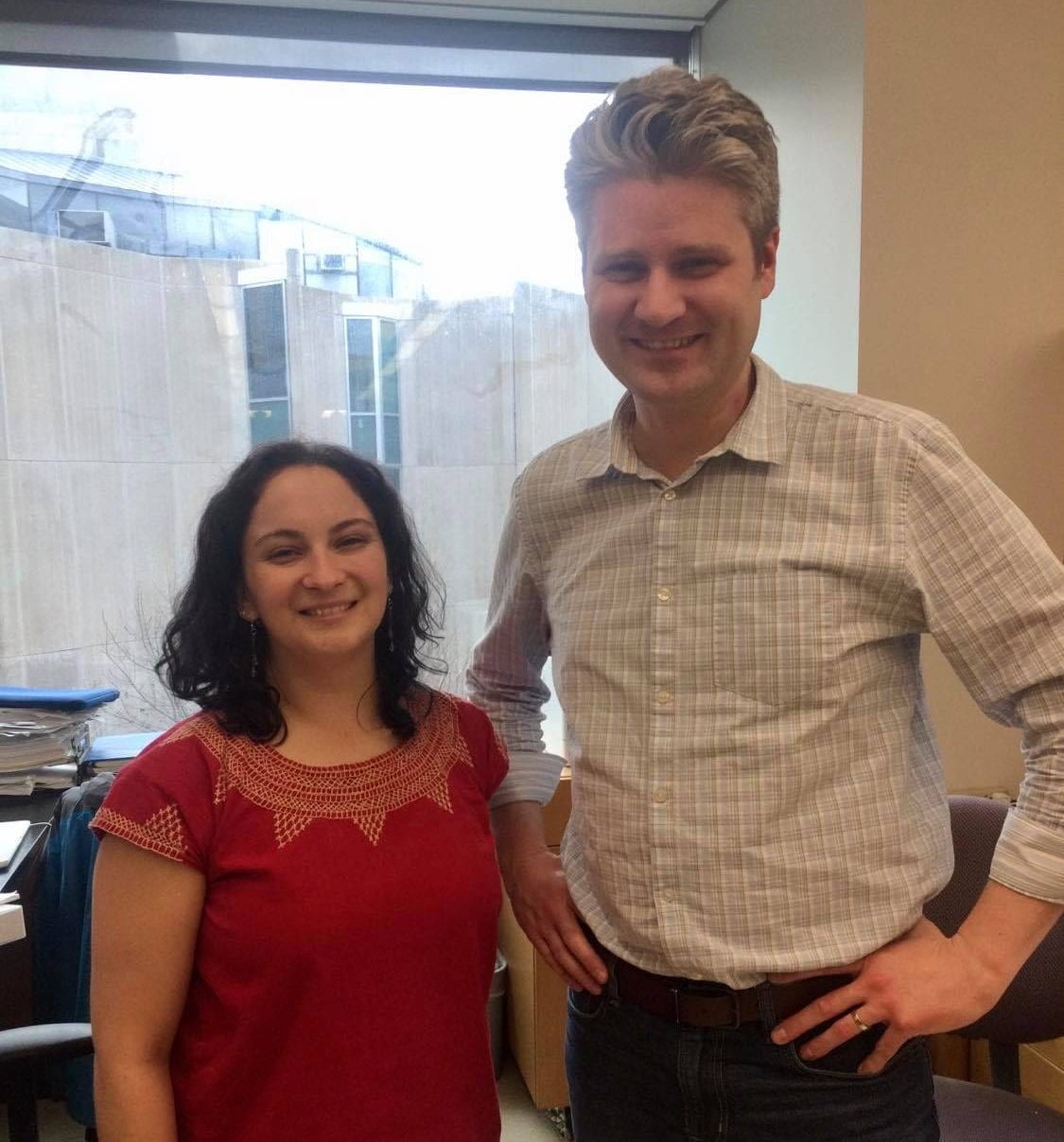The process of regeneration has captivated biologists for centuries. Why does healing mean producing scar tissue for some animals while others are able to regrow lost tissues, limbs, and even brains after severe injuries? Regenerative abilities are widespread among animals, and understanding these abilities could ultimately reveal new insights into the enhancement of tissue repair.
To study these problems, we have turned to species that evolved extreme regenerative ability, including the planarian Schmidtea mediterranea and the acoel Hofstenia miamia. These organisms can recover from essentially any injury, even decapitation, to restore all body systems in less than a week, making them excellent models to dissect regeneration mechanisms. Contemporary phylogenies indicate these two organisms diverged anciently around 550 million years ago early in the evolution of bilaterally symmetric animals. Therefore, comparisons between these organisms may either identify deeply conserved features of whole-body regeneration or distinct ways to accomplish extreme repair.
Remarkably, the regenerative ability of these two organisms share key properties, suggesting an ancient origin for regenerative ability in animals and also offering a program to systematically define the essential conserved factors enabling regeneration across diverse animal lineages. Both species use pluripotent Piwi-expressing adult stem cells termed neoblasts that produce all adult tissues continuously. Additionally, both species use a shared set of injury-induced genes to activate the regenerative process. Finally, both species use regionalized signals from muscle to instruct regeneration programs by forming a specialized coordinate system that robustly informs stem cell activity.
Our work on whole-body regeneration has uncovered unexpected roles for stem cells to produce organizing centers that drive outgrowth, identified key factors from the Wnt pathway activated by injury that drive regeneration, found natural inhibitors of regeneration that limit growth, and determined how signals from latent tissue instruct injury responses. Many fundamental questions remain, including how organisms scale growth appropriately, how stem cells of high potency can operate successfully in adulthood over long timescales without teratoma formation, and how regenerative cells can robustly assemble into functional tissue. Our analysis of these systems and questions seeks to understand the molecules, pathways, and developmental network principles that can imbue tissue with unlimited regenerative potential. Further descriptions of projects in the lab can be found here.





